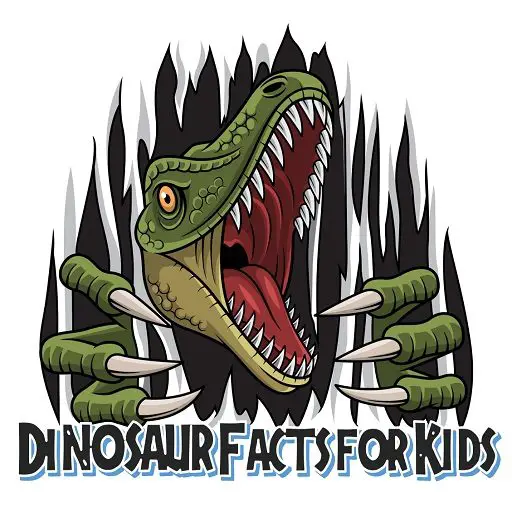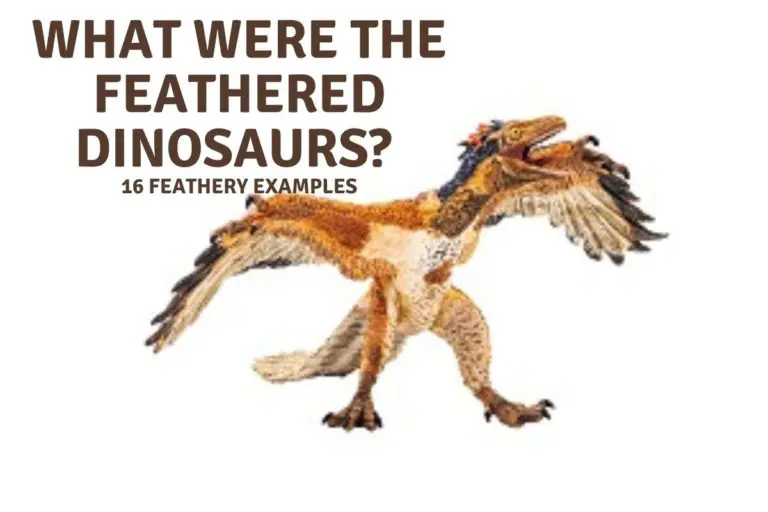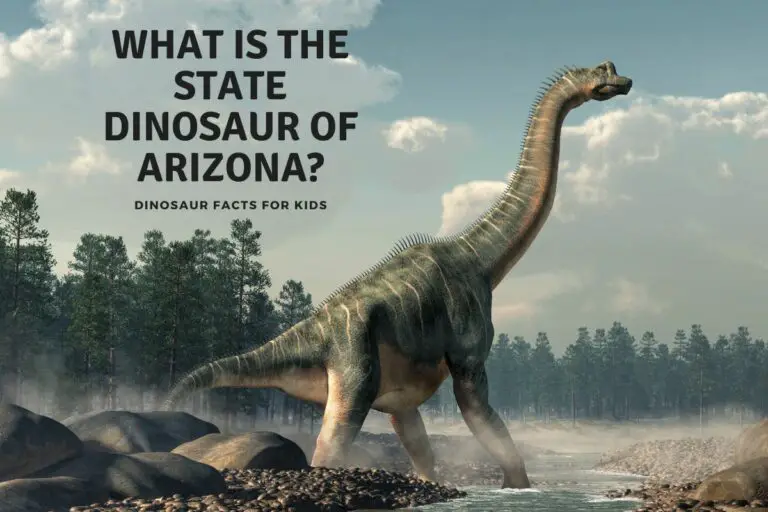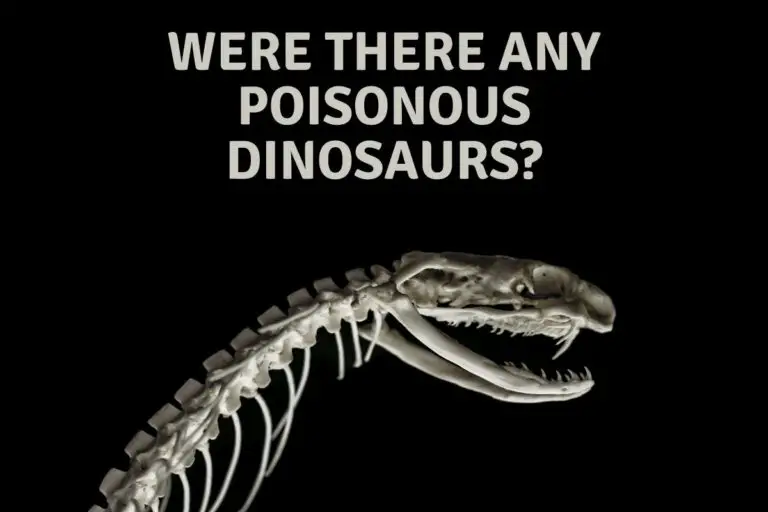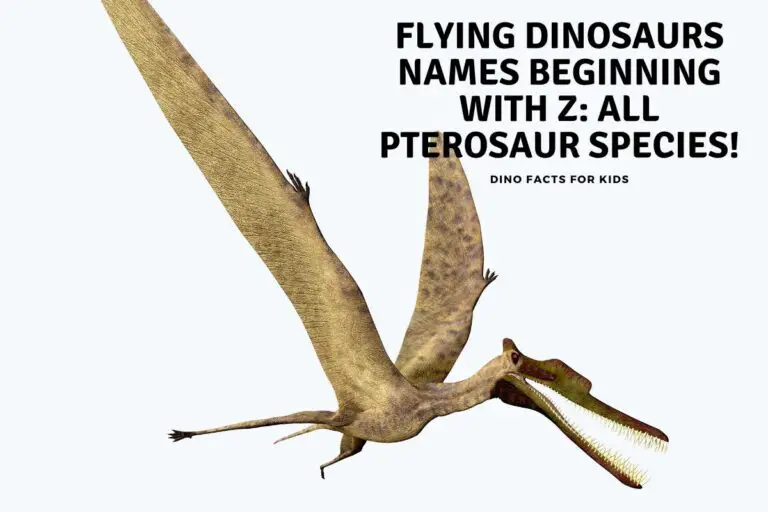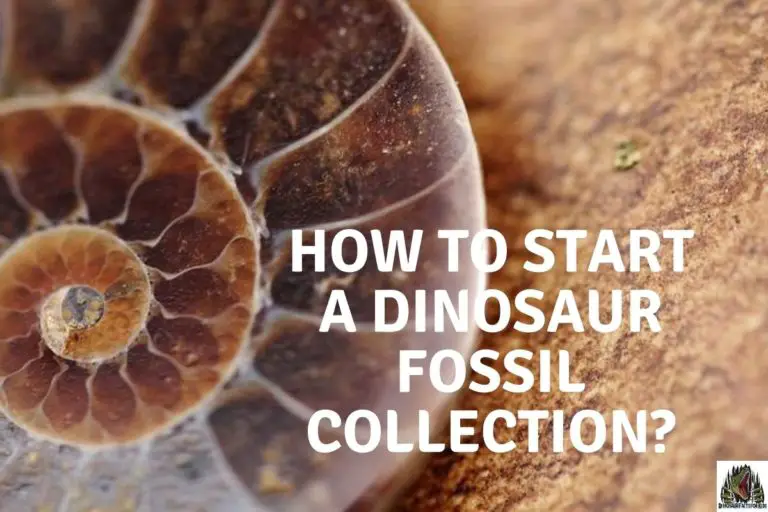How Big Was A Triceratops Skull?
Triceratops, as well as competing in life with Tyrannosaurus Rex, also competes as the worlds most popular dinosaur where the two seem to swap places at rank 1 and 2 on an almost annual basis. While being so high on a popularity list probably (definitely) has nothing to do with them having grown very large heads it did make us wonder just how big is a triceratops head!
The current record for the size of a Triceratops skull is held by the fossil named Big John. The Skeleton was discovered on a Ranch in Perkins county, South Dakota in 2014. The skull measured 5 feet ( 155 cm long) and over 8 feet long when including the frill.
So while we don’t have an actual triceratops head complete with skin and muscle we can measure the skull of a triceratops and see just how massive these could be. We take a look at the size of triceratops skulls below, and have even found the measurements of the largest skeleton of a triceratops ever found, appropriately named “Big John”
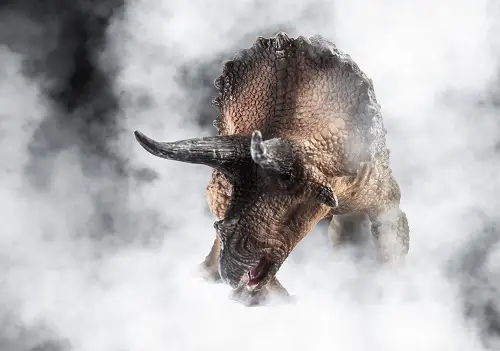
How Big was a Triceratops Skull?
Although Big John did have a skull that was over 8 feet long when including the neck frill this was exceptionally large. However most triceratops skulls were large for the size of the dinosaur no matter how big they were. In fact 7 feet long is an upper average for a triceratops skull or about a third of the entire length of the dinosaur.
in terms of weight we have to deal with best guesstimates as we are working from fossils. However, taking up a third of the overall length, but with less meat and flesh, it would not have been quite as heavy as their body of course.
A recent 7 feet long discovery of a triceratops skull was weighed at 3,000 lbs although of course fossils are no longer bones but rock. Still it is not beyond imagination that the head of a Triceratops would have been around this weight in real life as well.
How Big was the Triceratops ‘Big John’?
Big John, the largest known Triceratops discovered so far, was upto 5-10% bigger than any other triceratops found so far. Although 5 to 10% doesn’t sound a great deal when you are talking about 26 feet and up to 16,000 lbs it certainly makes a difference.
Big john was about 10 feet high (3 metres) and 26 feet long (8 metres) and in life would have exceeded this. Its horns were over 3 feet long alone. While the skeleton weighed about 1500 lbs,(700 kg) in life Big John would have been considerably heavier. A large triceratops is estimated to have weighed between 12- 16000 lbs, it may be that big John was even heavier.
There was also evidence of a wound on Big Johns huge frill, possibly from fighting other triceratops for territory or mates. Although often prey for Tyrannosaurus Rex it is not thought it is a bite mark. We have more information on this in our T Rex Vs Triceratops article.
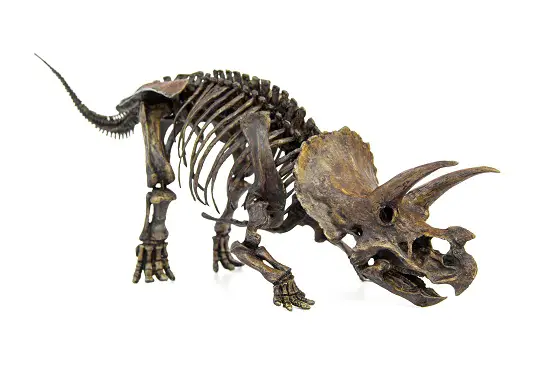
Why did the Triceratops have such a large head
The head, and accompanying frill, of Triceratops were certainly large in both real terms and in proportion to their length – accounting for 30% of their total length. It is thought that the head and that frill were to attract mates and demonstrate strength to other triceratops. We have a longer article on the potential purpose of the triceratops frills here as well.
However current thinking is that as well as defense and attack the horns of a triceratops were also ways to demonstrate their strength and power visually, and only occasionally would they be used to give a more physical demonstration in a fight with others.
When you have a 3 feet long bone frill and metre long horns you need a large head to support them!
How Big was a Triceratops?
While we will not go into two much detail on this page, as we have written an article just on the Size of a Triceratops here on the site ( you can get there from the link) that goes into much more detail.
Of the two main species of triceratops, Triceratops Prorsus was the larger and could grow up to 30 feet in length, averaging between 26 and 30 feet (8-9 meters). at the top weight they are estimated to exceed 19,000 lbs (9000 kg) . Triceratops horridus was slightly smaller at up to 24 feet in length.
It was certainly one of the larger of the dinosaurs, and aside from Sauropods ( long Necked) and some of the hadrosaurus would have been the largest if you ever had a chance to take a trip back to the late cretaceous period
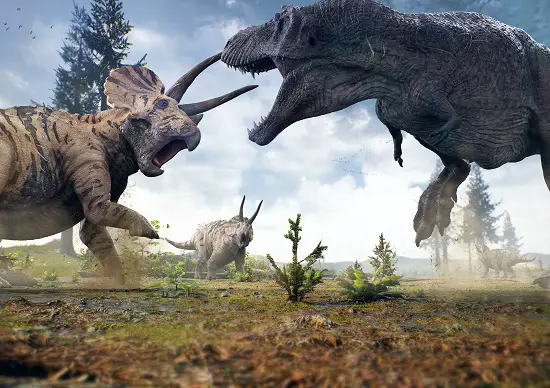
What was the Largest Triceratops?
Currently the largest skeleton of a Triceratops ever discovered, and unfortunately sold, is that of the aptly named ‘Big John’ triceratops skeleton, that we mention above. It measured an astounding 26 feet in length and over 9 feet in height. It would have weight around 16,000 lbs when it was alive.
Although large there were plenty of other large horned dinosaurs and we have a page dedicated to the largest ceratopsians ( horned dinosaurs) here on the site.
Other Triceratops resources.
As the triceratops is not only one of the worlds, but also one of our, favorite dinosaurs we have a large number of articles that discuss this amazing, if big headed, dinosaur on the site and have linked some of these below.
- How Big was a Triceratops
- Why Did Triceratops have a frill?
- Can a T Rex Kill a Triceratops
- What Color Was Triceratops
- Triceratops Facts
- Triceratops Questions
Conclusion
So the largest triceratops found so far had a skull that measures 5 feet long ( 1.5 metres) and over 8 feet when you include the frill. This is about 30% of its entire body. it was certainly one of the largest headed of all the dinosaurs, and whether it was fighting other triceratops or defending against t Rex it needed to be!
References
- https://www.nationalgeographic.com/science/article/the-controversial-sale-of-big-john-the-worlds-largest-triceratops
- https://www.livescience.com/big-john-triceratops-gored
- https://bigthink.com/the-past/triceratops-skull/
- https://www.nbcnews.com/science/science-news/triceratops-tussle-big-jon-skull-shows-signs-battle-scientists-say-rcna23095
- https://www.guinnessworldrecords.com/world-records/676000-largest-triceratops-skeleton
Hi, I am Roy Ford a General Studies and English Teacher who has taught all over the world. What started as a fossil collection became a great way to teach, motivate and inspire students of all ages and all over the world about dinosaurs and from that and children’s love of dinosaurs came the site dinosaur facts for kids, a resource for all ages.
